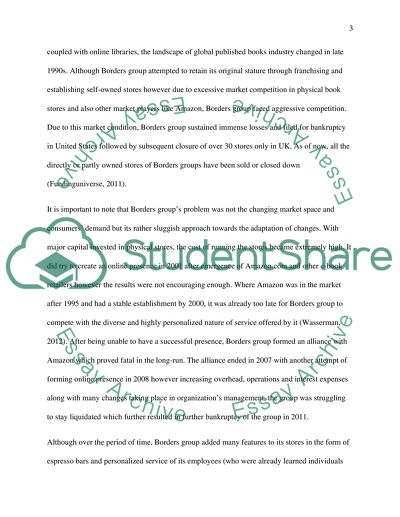Cite this document
(Macro Environmental Factors-Pestle Analysis Case Study, n.d.)
Macro Environmental Factors-Pestle Analysis Case Study. Retrieved from https://studentshare.org/macro-microeconomics/1475308-introduction-to-business-macro-environmental
Macro Environmental Factors-Pestle Analysis Case Study. Retrieved from https://studentshare.org/macro-microeconomics/1475308-introduction-to-business-macro-environmental
(Macro Environmental Factors-Pestle Analysis Case Study)
Macro Environmental Factors-Pestle Analysis Case Study. https://studentshare.org/macro-microeconomics/1475308-introduction-to-business-macro-environmental.
Macro Environmental Factors-Pestle Analysis Case Study. https://studentshare.org/macro-microeconomics/1475308-introduction-to-business-macro-environmental.
“Macro Environmental Factors-Pestle Analysis Case Study”, n.d. https://studentshare.org/macro-microeconomics/1475308-introduction-to-business-macro-environmental.


